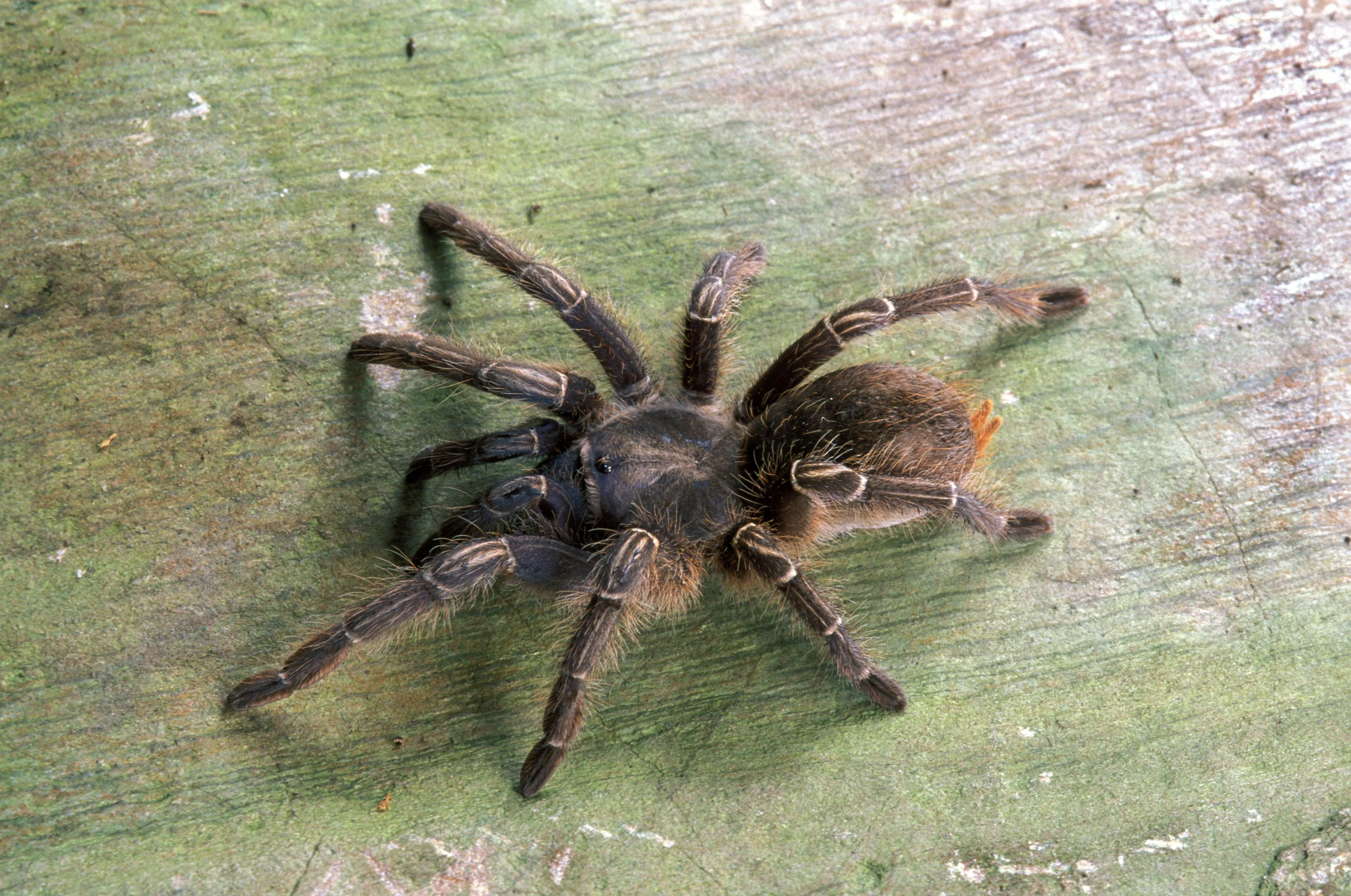Tarantulas, often perceived with a shudder, can be surprisingly adorable creatures. Their fuzzy bodies, gentle movements, and variety of vibrant colors make them fascinating pets for some. This article will introduce you to the top 5 cutest tarantula species, detailing their appearance, temperament, and care requirements. Prepare to be charmed by these eight-legged wonders and discover why they are becoming increasingly popular among exotic pet enthusiasts. We delve into what makes these tarantulas stand out and how you can potentially welcome one of these amazing animals into your life. These tarantulas have unique personalities and charm, and we will explore why they are so well-loved.
Meet the Cutest Tarantula Species
When it comes to choosing a cute tarantula, beauty is in the eye of the beholder. Factors such as size, color, and personality can all contribute to a tarantula’s cuteness factor. Some species are known for their docile temperaments, making them easier to handle and observe, while others boast striking colors and patterns that are simply breathtaking. In this article, we focus on species that are not only aesthetically pleasing but also relatively manageable in terms of care. Learning about their habitat and care helps to maintain them in a safe environment. The following list highlights the top 5 cutest tarantula species that have captivated the hearts of tarantula enthusiasts worldwide. Remember, all tarantulas require responsible care, and proper research is essential before bringing any of these amazing animals home.
The Chilean Rose Hair Tarantula (Grammostola rosea)
Appearance and Characteristics
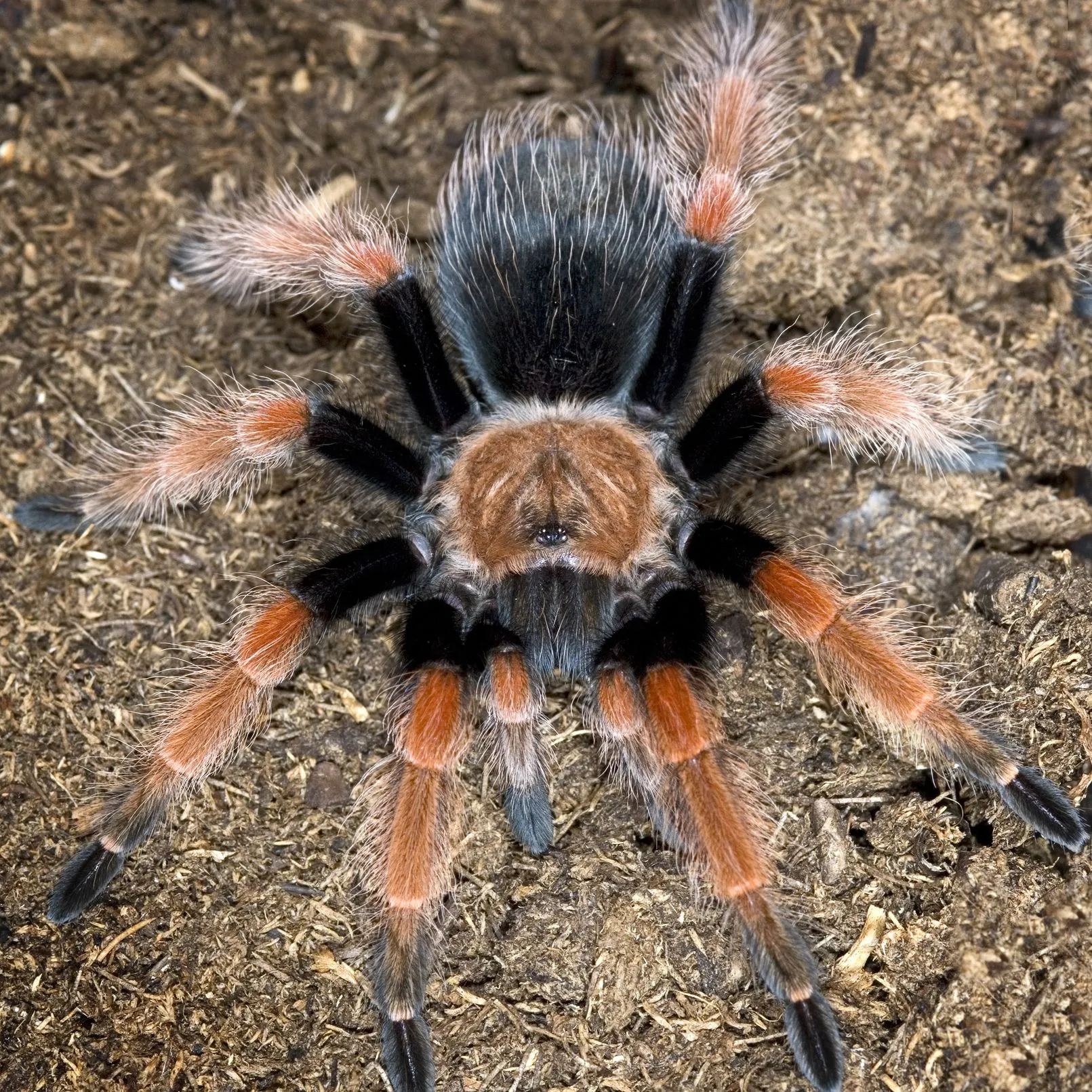
The Chilean Rose Hair tarantula is a popular choice for beginner tarantula keepers. They have a brownish-red coloration with a fuzzy appearance, giving them a cuddly look. Their average size ranges from 5 to 6 inches, making them relatively easy to accommodate. These tarantulas are known for their calm demeanor and slow movements, which add to their appeal. They have a gentle nature, rarely displaying aggression. The species gets its name from the pinkish hairs that cover its body, creating a soft, inviting aesthetic. The combination of their color and docile nature makes them a favorite among pet owners. Their overall appearance is charming and non-threatening, contributing to their popularity.
Temperament and Care
Chilean Rose Hair tarantulas are known for their docile temperament, making them relatively easy to handle and care for. They are not prone to biting unless provoked, and their venom is considered mild to humans. Their care involves providing a suitable enclosure with proper substrate, such as coco fiber or peat moss, to maintain humidity. The enclosure should also include a hide, like a cork bark, for the tarantula to feel secure. Regular feeding with appropriately sized insects, such as crickets or roaches, and providing fresh water are essential. Maintaining a temperature of 75-85°F and humidity levels between 60-70% is also crucial for their well-being. Their straightforward care requirements make them ideal for those new to tarantula ownership.
The Pinktoe Tarantula (Avicularia avicularia)
Appearance and Characteristics
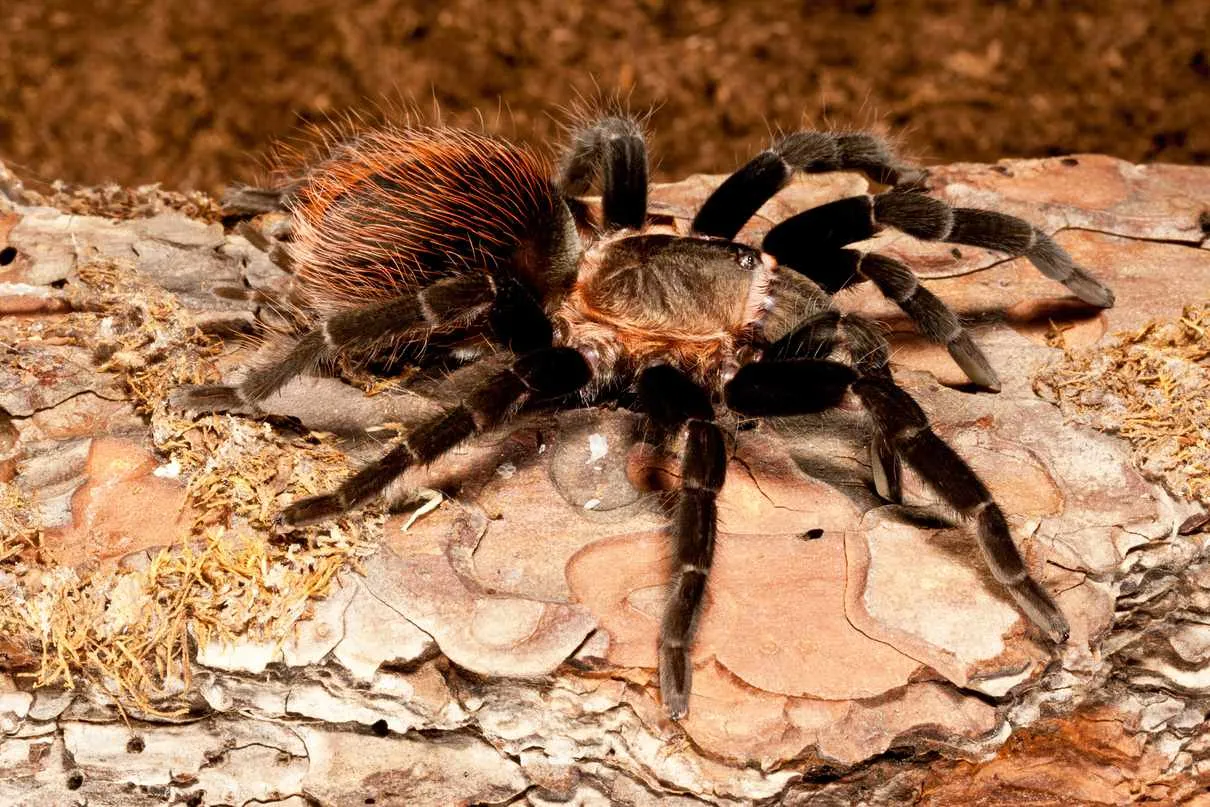
The Pinktoe tarantula is a stunning species, immediately recognizable by its vibrant pink toe pads. These arboreal tarantulas have a slender build and come in various colors, ranging from dark brown to iridescent greens. They typically grow to about 5 to 6 inches in leg span. Their appearance is particularly striking, with the contrasting pink toes making them visually appealing. They are often kept in vertical enclosures to accommodate their arboreal nature, which is perfect for displaying their beauty. This species’ appearance is one of the primary reasons for its popularity, providing a beautiful focal point in any tarantula collection. These beautiful tarantulas have unique personalities that are well-suited to their beautiful appearance.
Temperament and Care
Pinktoe tarantulas are generally docile, although they are known to be skittish and fast. They prefer to hide in their webs, and handling should be done with care. Their care involves a vertical enclosure with plenty of foliage, such as silk plants, to mimic their natural habitat. They require higher humidity levels than many other tarantula species, typically between 70-80%. Fresh water and regular feeding with insects are essential. They are arboreal, so it is essential to provide them with space to climb and build their webs. Maintaining a consistent temperature and humidity is vital for their health. This species thrives with consistent care and observation. Their unique needs make them an engaging pet for experienced keepers.
The Brazilian White Knee Tarantula (Acanthoscurria geniculata)
Appearance and Characteristics
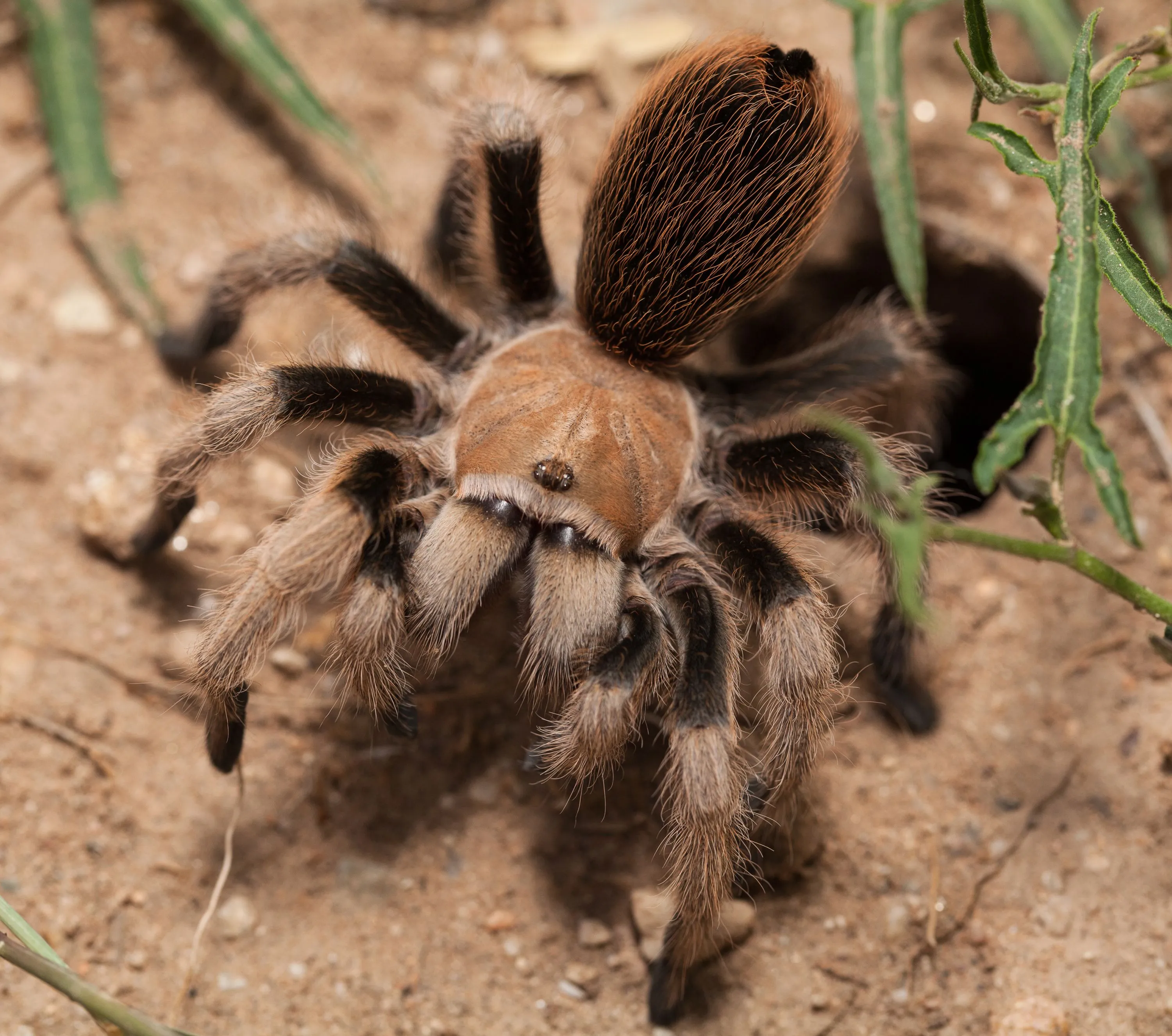
The Brazilian White Knee tarantula is a striking species, characterized by its black body and distinctive white stripes on its legs. Their overall appearance is quite impressive, reaching up to 7-8 inches in leg span. They have a robust build and are known for their active nature. These tarantulas are a favorite among many hobbyists. Their bold appearance and striking patterns make them a favorite. The contrast between the black body and white stripes creates a visually appealing pattern. The White Knee is a stunning addition to any collection. They also have a distinct personality that makes them great to observe.
Temperament and Care
Brazilian White Knee tarantulas are generally docile but can be defensive when threatened. They require a terrestrial setup with a substrate of coco fiber or peat moss. Adequate space for burrowing and hiding is important. They thrive in a temperature range of 70-80°F and moderate humidity levels, around 60-70%. Feeding involves appropriately sized insects, and fresh water should always be available. These tarantulas are relatively hardy and can be a good choice for those with some experience. Their size and activity make them interesting to observe. Proper care and handling are essential to ensure a happy, healthy pet.
The Cobalt Blue Tarantula (Cyaneopubescens)
Appearance and Characteristics
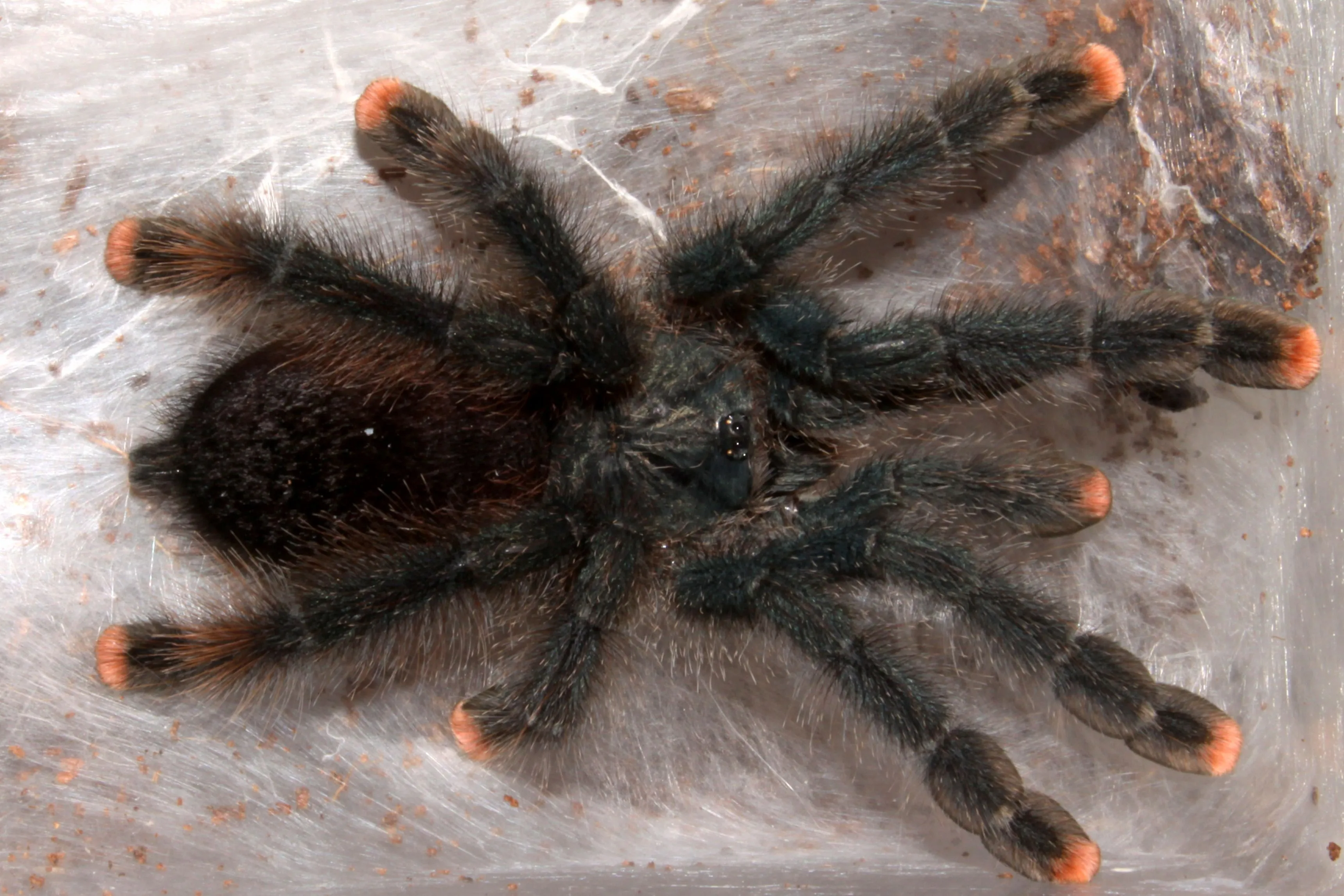
The Cobalt Blue tarantula is one of the most visually stunning tarantulas, known for its iridescent blue coloration, especially on its legs. While their body color is typically a dark shade, the vibrant blue of their legs makes them stand out. This species is known for its semi-aggressive nature. They can reach up to 5-6 inches in leg span and are a treat to behold. Their coloration is a key feature. They’re one of the most sought-after tarantula species. The visual impact of their coloration, along with their relatively manageable size, makes them an appealing pet for experienced keepers. The beauty of the Cobalt Blue tarantula is hard to deny. Their aesthetic makes them very popular.
Temperament and Care
Cobalt Blue tarantulas are known to be somewhat defensive and should be handled with caution. They require a terrestrial setup with a deep substrate, such as coco fiber, to allow for burrowing. Maintaining a temperature of 75-85°F and a humidity level of 70-80% is essential for their well-being. Fresh water and regular feeding with insects are required. They are fast growers. Cobalt Blues can be challenging pets, requiring careful handling and an understanding of their needs. While they are beautiful, their care can be demanding, making them a species for experienced keepers. These amazing animals are well worth the effort, as they are truly a wonder to behold.
The Curly Hair Tarantula (Tliltocatl albopilosus)
Appearance and Characteristics
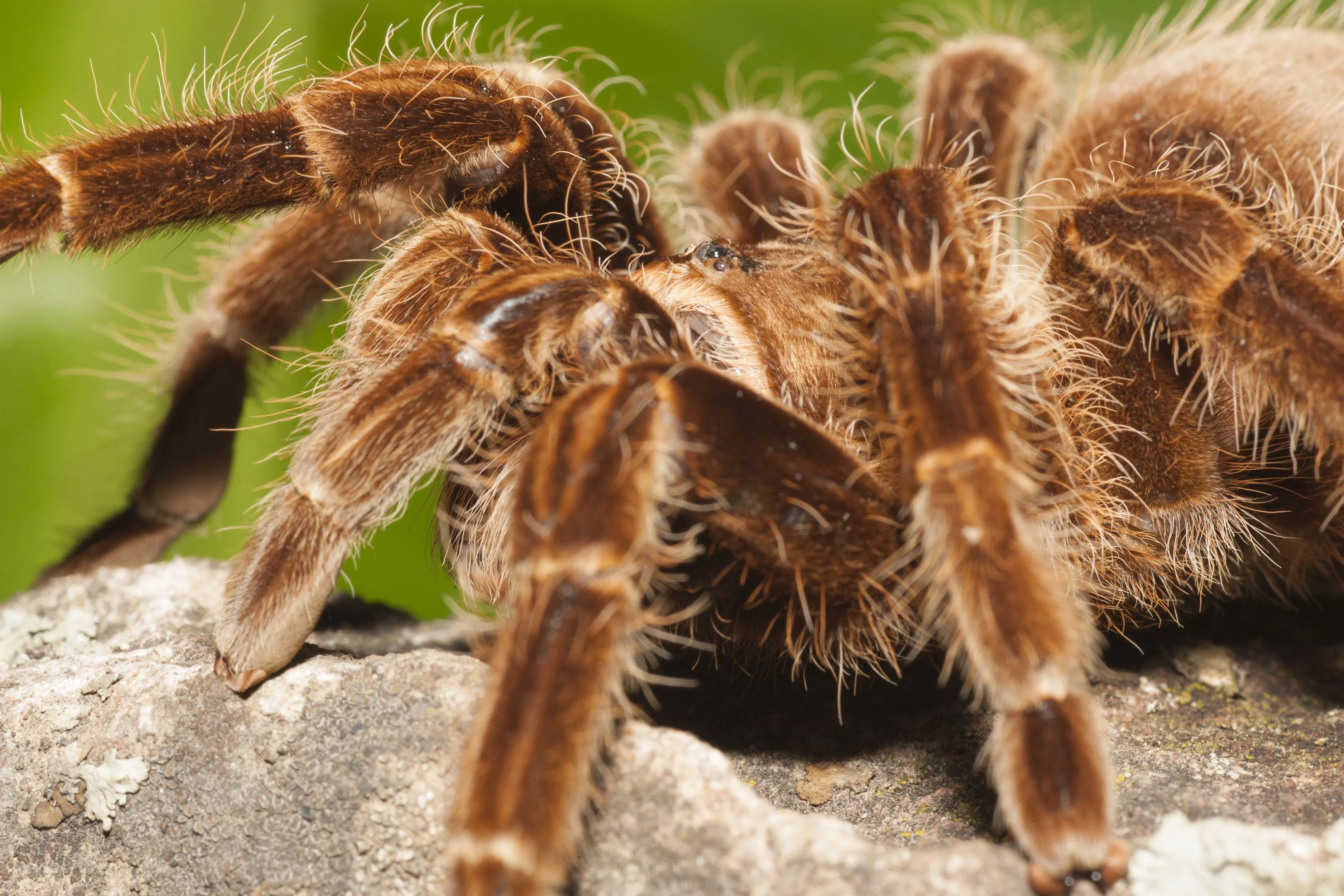
The Curly Hair tarantula gets its name from its unique, curly hairs that cover its body, giving it a fuzzy appearance. They are typically a dark brown color, and their overall look is quite appealing. They are generally docile and easy to handle. They typically grow to about 4-6 inches in leg span. Their unique hair texture is a distinguishing characteristic. These spiders are often chosen by beginners due to their calm nature. The Curly Hair tarantula provides a beautiful aesthetic and a gentle temperament, making them a top pick for both beginners and experienced keepers. They are truly cute and a pleasure to have around.
Temperament and Care
The Curly Hair tarantula is known for its docile temperament, making it a great choice for beginners. Their care is straightforward, involving a terrestrial setup with coco fiber or peat moss substrate. They thrive in a temperature range of 75-80°F and humidity levels of 60-70%. Fresh water and regular feeding with insects are essential. These tarantulas are relatively hardy, and their low maintenance requirements make them popular pets. They are also relatively easy to handle. This species’ calm nature makes them a pleasant companion. Their easy-going temperament is a benefit to all keepers. With their simplicity, this species can be enjoyed by anyone.
Conclusion
These five tarantula species offer a glimpse into the world of cute and captivating arachnids. From the docile Chilean Rose Hair to the striking Cobalt Blue, each species has its own unique charm and care requirements. When considering adding a tarantula to your home, it is important to do your research, prepare a suitable environment, and handle them with care. Remember, responsible ownership includes providing proper housing, nutrition, and a safe environment. With the right approach, owning a tarantula can be a rewarding experience, allowing you to appreciate the beauty and wonder of these often-misunderstood creatures. The journey of owning a tarantula offers a unique bond, and the pleasure of watching these cute creatures in their daily lives.
